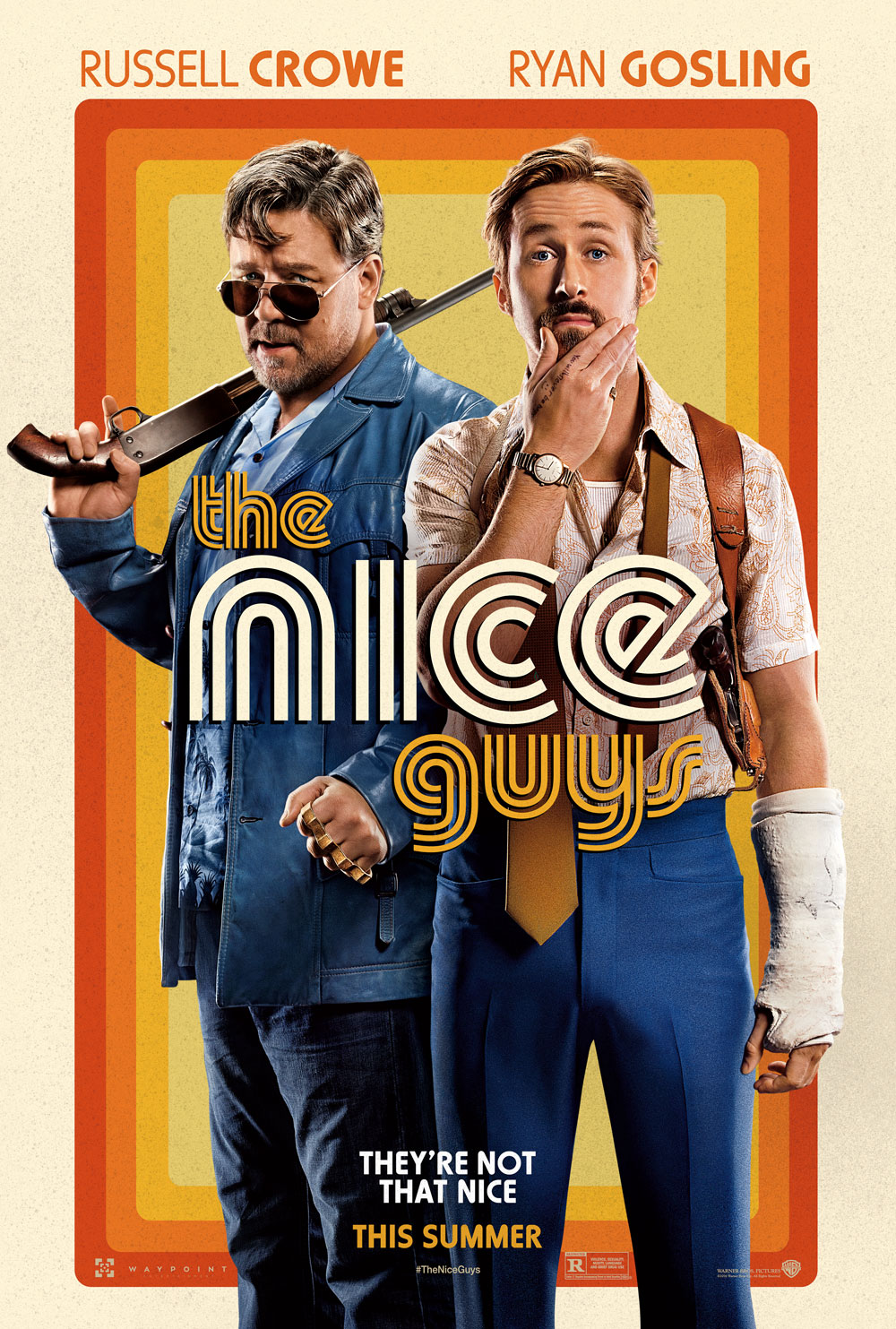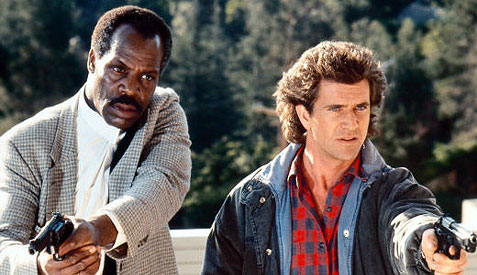
Shane Black may not have invented the buddy cop film, but he’s widely viewed as the modern-day godfather of the subgenre thanks to seminal movies like “Lethal Weapon,” “The Long Kiss Goodnight” and “Kiss Kiss Bang Bang.” Black is to buddy cop films what Raymond Chandler is to hard-boiled crime novels (a fitting comparison considering the writer/director lists the author as a major influence), and his latest movie, the retro detective noir “The Nice Guys,” is arguably his best entry in the genre since redefining the buddy cop formula three decades ago. Although it hits all of the usual beats of a Shane Black feature, “The Nice Guys” does so with such remarkable efficiency, brimming with witty banter, solid action and even a little heart, that it feels totally fresh.
Set in 1977 in the seedy, neon-tinged underbelly of Los Angeles, the movie stars Ryan Gosling as Holland March, a drunken private eye who’s less concerned about solving mysteries than getting paid. His latest gig finds him investigating the death of famous adult film star Misty Mountains, and though it sounds like an open-and-shut case, Misty’s grandmother claims that she saw the actress alive several days after the car accident that supposedly killed her. Holland’s only lead is a young woman named Amelia (Margaret Qualley), who was seen leaving Misty’s house on the date in question, but the trail goes cold after enforcer-for-hire Jackson Healy (Russell Crowe) is enlisted by Amelia to stop Holland from following her around. However, when Amelia’s life is threatened by a pair of menacing thugs and she goes on the run, Jackson and Holland team up to track her down with some help from the latter’s precocious tween daughter Holly (Angourie Rice). But as they get closer to uncovering the truth behind Amelia’s involvement in the conspiracy, an assassin (Matt Bomer) is sent to silence them.
You can follow us on Twitter and Facebook for content updates. Also, sign up for our email list for weekly updates and check us out on Google+ as well.
Posted in: Entertainment, Movie Reviews, Movies
Tags: Russell Crowe, Ryan Gosling, Shane Black, The Nice Guys











